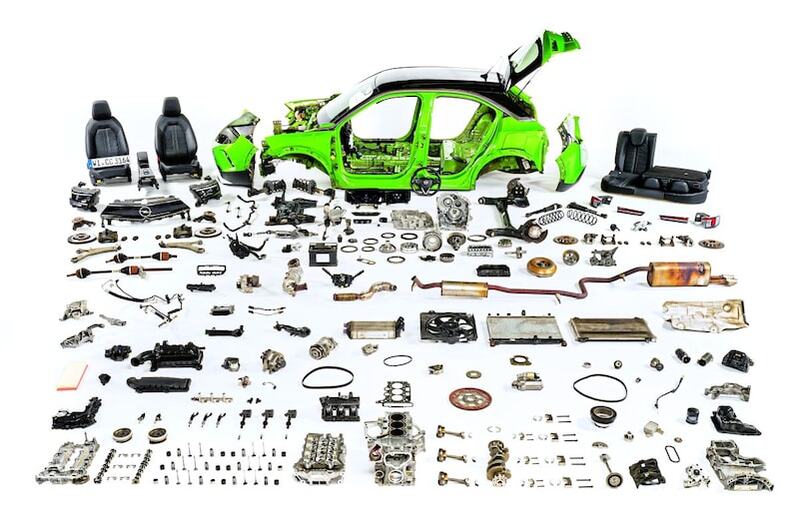
The colleagues at AutoBild drove 100,000 kilometers with an Opel Mokka. Not like we did a few years ago with an electric one, but with an example with the 1.2-liter three-cylinder with turbo. As usual, the Mokka was completely disassembled at that mileage.
The driver’s seat was still firm after the endurance test and had not sagged, but we did see stretched upholstery on the seat and the left side bolster. However, the interior was still in good condition overall.
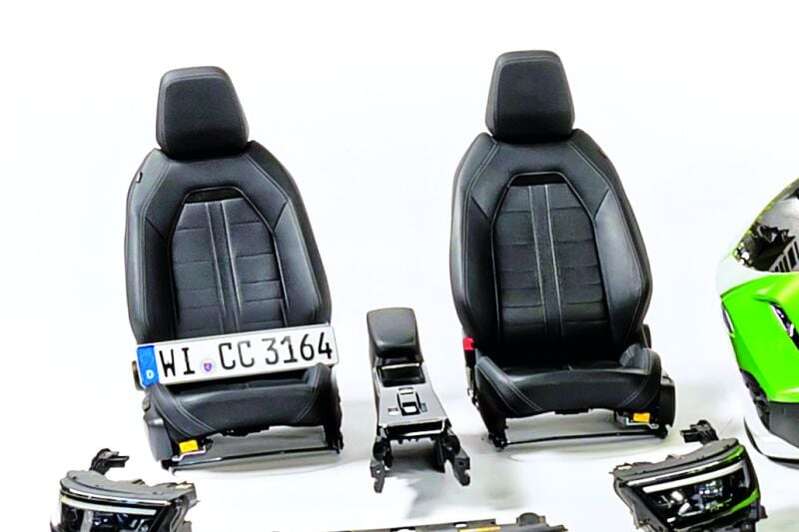
The front fenders collect a lot of dirt, which retains moisture. The robust-looking hubcaps could not be removed without causing damage.
The engine block shows traces of oil on the rear, as do the gearbox and the air hose between the turbo and the intercooler. All bearings and the turbo had virtually no signs of wear.
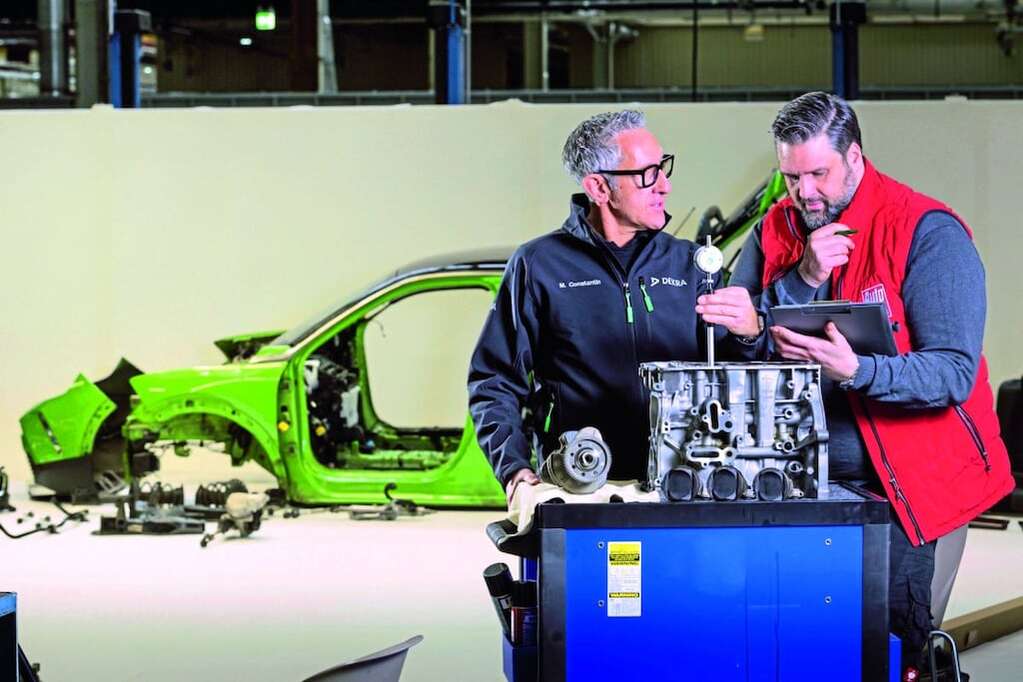
The exhaust system was still in good condition, including the particulate filter and the catalytic converter. However, our expert spotted corroded exhaust clamps at the front, which could not be removed without problems.
The tailgate suffered from stretched foam rubber strips and a torn cover. We also saw a loose sealing strip on the hood.
Too much sealant had been applied around the oil pan, which could potentially clog the oil strainer and oil channels.
Front axle carrier with initial corrosion on friction points.
The front left driveshaft boot was leaking at the end of the test.
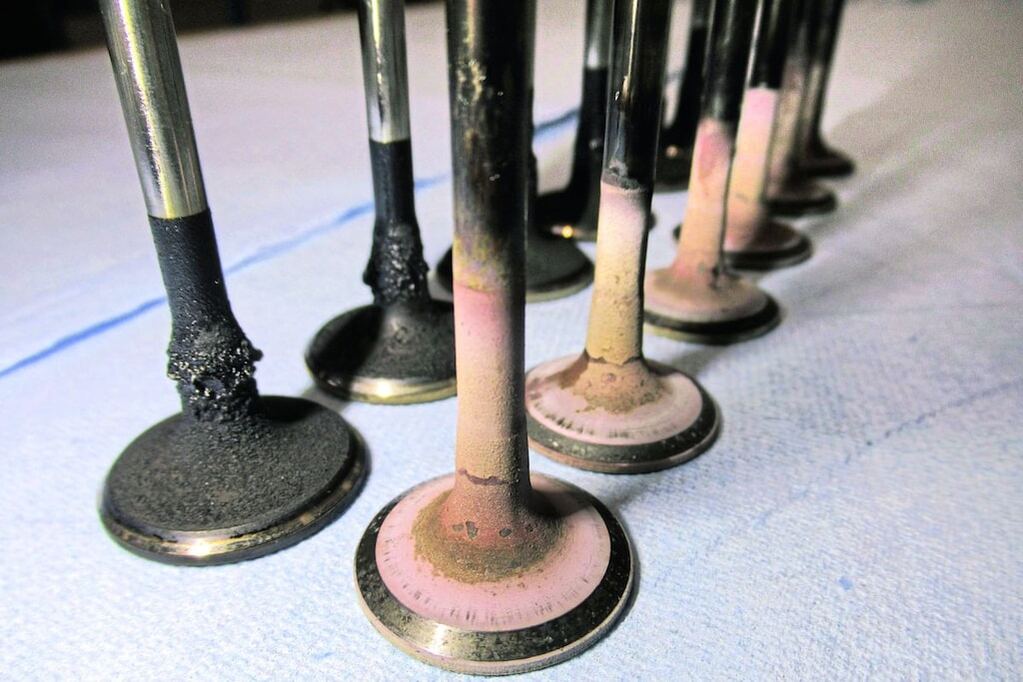
The exhaust valves were clean, but there was a lot of oil deposit on the intake valves.
The inside of the cylinders was in good condition, with a slight oil deposit.
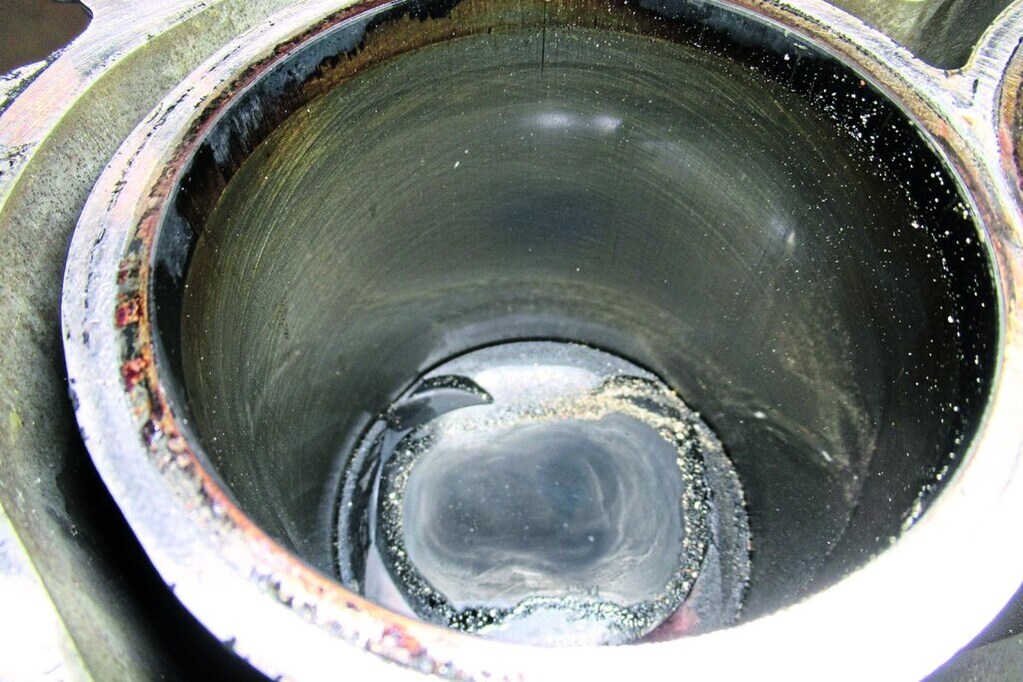
The three pistons can last a long time; all piston rings still move smoothly.

Digital, but pleasantly simple: the dashboard. Half-high seating position, the surfaces are easily scratched.
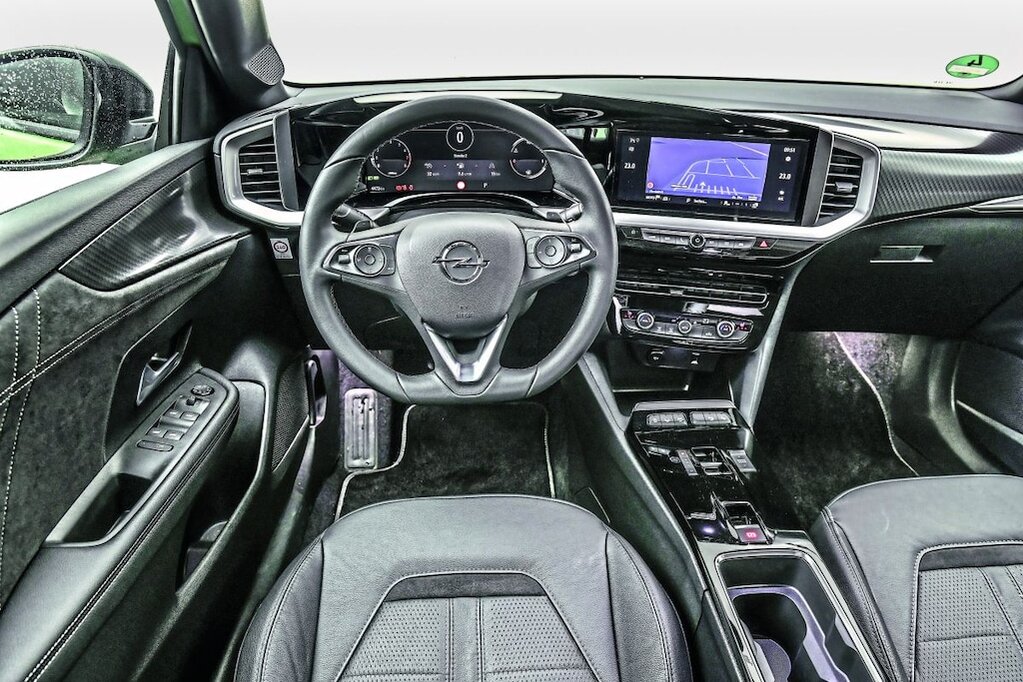
How did the opel mokka fare otherwise?
The Mokka is undoubtedly an eye-catcher thanks to the retro front in Manta A-style and the bright 70s color. The second generation, which is built near Paris, has little to do with an SUV: it has no four-wheel drive, not even as an option, and you don’t sit as high as in the first Mokka. The second generation fails to match its qualities that are so pleasant for older drivers: the high sills stand in the way of unimpeded entry, and the massage seats in the AutoBild test car are certainly not bad, but the (optional) AGR seats of the old Mokka were really a lot nicer. Apart from the seats, which were rated differently by our colleagues – some, for example, did not find the lumbar support effective enough – the more than forty drivers who took the Opel on the road were rarely so unanimous in their praise and criticism. The logbook contains praise for the unusual combination of a three-cylinder turbo engine and an automatic gearbox: at 3,000 rpm you are already driving at 160 km/h, which is reminiscent of the large diesel engines of overgrown SUVs. Very nice.
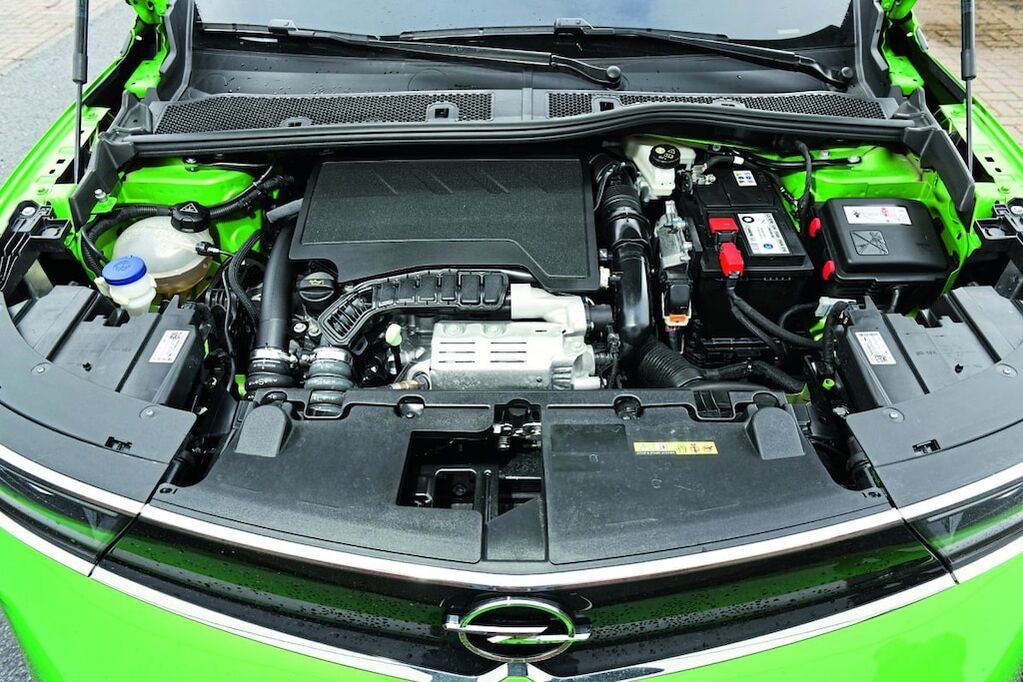
There was also unanimous praise for the matrix LED headlights, the audio system and the quiet, minimalist dashboard design: digital, but not too playful and supplemented with real buttons. The Apple CarPlay system is not yet wireless in the Mokka, but it works absolutely reliably. A general point of criticism: it sometimes feels like a cheaper car than it is due to things like the small luggage space with not very durable upholstery to the scratch-sensitive surfaces in piano lacquer style and the restriction to one USB connection.
The space utilization is also not the strongest characteristic of the Mokka. One colleague wrote sarcastically: “Big and green on the outside, dark and small on the inside.” Some even wonder what the added value is compared to the cheaper Corsa and Peugeot 208, which are on the same platform. In the rear compartment and the luggage space it is a meager affair: in the second row of seats it is quite dark in the Mokka. There is no lighting installed here, so good luck emptying the luggage space in the dark! There are no folding handles on the headliner and the glove compartment is also unlit. There are no lashing eyes in the loading space, which also testifies to cost-cutting. This is just as unsuitable for the price level as the old-fashioned French seams around the fuel filler cap. Opel promises that these issues will be addressed in the upcoming facelift, something we were recently able to experience ourselves.

More criticism from the driver’s book: even with the ventilation switched off, there is draft to be observed, the fuel gauge does not work linearly and the handle for the tailgate is too low and therefore in a place that quickly gets dirty. The 1.2-liter with its subdued three-cylinder hum is no wonder of economy, with an average consumption of 8.2 liters of petrol per 100 kilometers over the entire test distance, which amounts to 1 in 12.2 (many German kilometers on the autobahn). The test consumption during our standardized consumption round was 7.9 liters per 100 km, or 1 in 12.7.
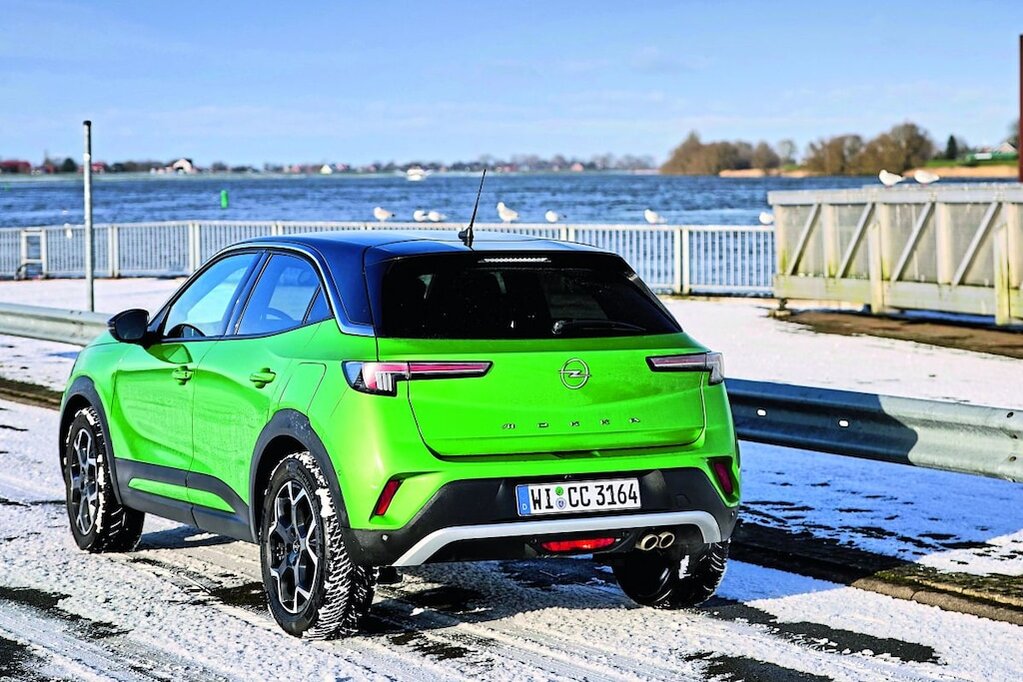
The 44-liter tank is too small for long journeys due to that reasonably high consumption. The small green car sometimes leads a life of its own: the reaction to the start button takes a long time and the warning system for unintentionally leaving the lane causes reactions such as those of a driver with a clumsy driving style. Almost every driver switches off the system at the beginning of the trip. It is apparently difficult to let the car drive straight: the car consistently pulled to the left. Only after a third visit to the workshop was that tendency gone. Too much toe-in disturbed the straight-line stability. The timing belt, which has not done the reputation of this Stellantis engine any good, held up. We should mention that after frowning glances in the workshop we had it replaced at 61,000 kilometers instead of at the prescribed 100,000 kilometers. There is test equipment available for the belt (from KS Tools, approximately €10). The latent threat that the timing belt poses to this otherwise solid engine is a real shame. During disassembly after the test, bearings, turbo and differential showed no significant wear. We only found some (still harmless) traces of oil on the engine and gearbox, as well as initial rust formation on the front axle carrier, the bumper support and the lower hinge of the passenger door. All in all, the Mokka was well received by the AutoBild editors; it was often the first choice for city trips. Anyone who looks out over the wide bonnet with its retro fold quickly forgives this Opel its lesser qualities.
Weaknesses Adjusted in Facelift
All essential things have remained good, including the now feared timing belt, but you should check it occasionally (or have it checked) and replace it early if necessary, as we have done. The rust protection is reasonably well done. Given the reasonably high price, however, we see too many things that testify to cost-cutting. Stellantis promises to have addressed the weak points in the recently implemented facelift of 2025: in 2023 a chain already replaced the timing belt.